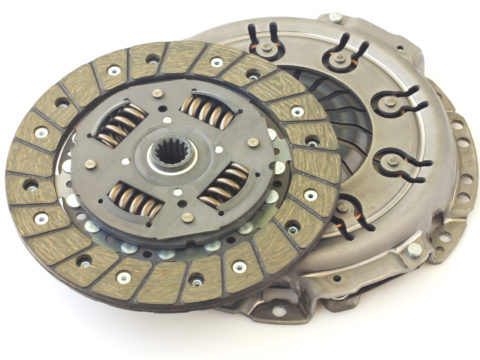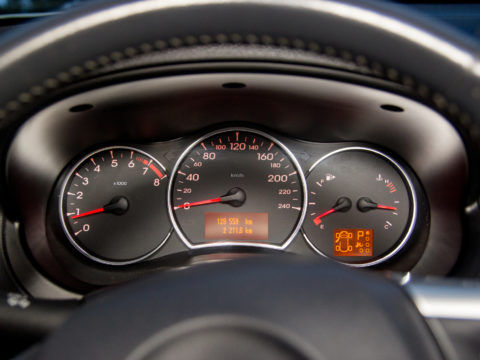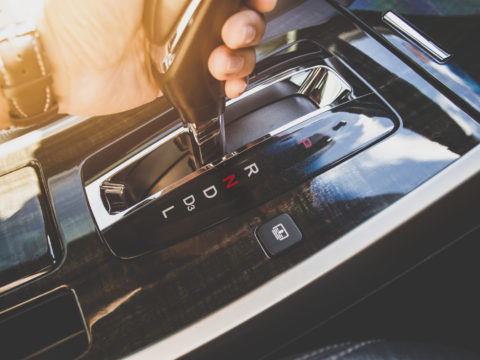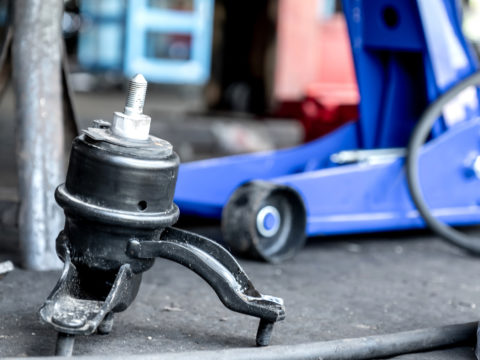The throw-out bearing is a critical component of clutch operation.
Due to both cost and the fact the car won’t move if it totally fails, knowing what the failure symptoms are is important.
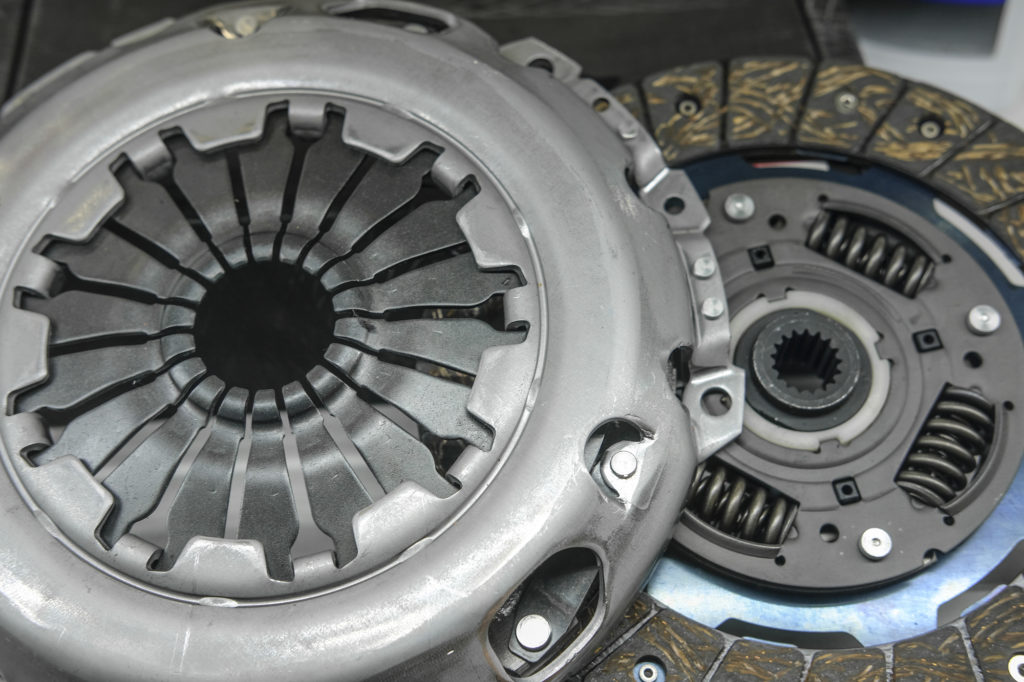
The total replacement cost for the throw-out bearing could easily reach around $1500.
Contents
What Does a Throw-Out Bearing Do in a Car?
The throw-out bearing is a critically important transmission component. However, while all cars have a transmission, not all cars have a throw-out bearing. In fact, most cars on American roads today, do not.
A throwout bearing also called the clutch release bearing, is part of the clutch assembly found in a manual transmission. Thus, only a manual transmission vehicle has one.
The clutch assembly is made up of, at least, the following components:
- Flywheel
- Clutch disc
- Flywheel pressure plate
- Clutch cover
- Springs
- Clutch release bearing
The throw-out bearing works as an interceptor between the engine and transmission. Its main role is to disrupt power flow between the engine and the transmission, specifically during a gear shift.
A clutch pedal fully depressed activates the throw-out bearing to disengage the engine from the transmission. This creates a resistance-free environment for the gears to move in.
It is an integral part of the entire transmission operation including the gears and the crankshaft. The throw-out bearing is operated by the clutch fork which moves the bearing in harmony with the clutch pedal. When engaging the clutch, it is the clutch release bearing that controls the interaction between the clutch plate and flywheel.
What Noise Does a Bad Throw-Out Bearing Make?
There is a variety of faulty throw-out bearing noises that you should note. The most common sounds to listen for when you depress the clutch pedal and shift gears are:
- Rattling
- Grinding gears
- Whirling noise
- Growling
- Squealing
Bad Throw Out Bearing Symptoms
Due to the important and constant role that the throw-out bearing plays, there can be numerous signs and symptoms of a bad throw-out bearing. These are the most common symptoms of a bad throwout bearing and indicators that you could be on your way to throw out bearing failure.
Noisy shifting
As discussed above, a bad clutch release bearing will create strange and irregular noises (such as loud grinding) when engaging the car’s clutch pedal.
It is important to note that throwout-bearing noise is itself not the problem. It is the effect caused by a problem. The noise is simply your way of knowing there is an issue that needs investigating.
Clutch pedal vibrations
The entire action involved in gear shifts should be smooth and relatively quiet. A bad throwout bearing prevents that normal operation. Experiencing vibrations when you begin to apply pressure to the vehicle’s clutch pedal and then those vibrations disappear when fully depressed is a primary indicator of a bad throwout bearing.
Gear shifting issues
Every issue with the throw-out bearing will eventually result in some form of problem shifting gears. If it begins to feel like your clutch is no longer fully engaging, that’s because it isn’t. This will make it increasingly difficult for gears to shift.
Remember, the engine needs to be disengaged from the transmission in order for the gears to shift. If the throw-out bearing is bad, this isn’t occurring.
Stiff clutch pedal
If it becomes extremely difficult to press down on the vehicle’s clutch pedal, then you are on the verge of total throw-out bearing failure. At this point, you may require, at the very least, a throw-out bearing replacement, which could now also involve the entire clutch assembly.
Total clutch failure
Once you reached this point, pressing the vehicle’s clutch pedal is no longer an issue as the car is not going to move anyhow. At this point, you should be expecting to replace the entire clutch assembly. Depending upon the degree of damage, it could be possible that the entire clutch and transmission system are gone.
Causes of Throw Out Bearing Failure
As the transmission is in constant motion and under constant stress, so are all of its internal components, and most especially the throw-out bearing. Before you get to a point where you need to fix throwout-bearing noise, it is helpful to know what can cause it.
Normal wear and tear
All car parts experience normal wear and tear and will eventually fail at some point. This is especially true on cars that have over 100,000 miles on them and their parts. Friction to a car part is like stress to a person, it breaks things down.
Over years of use and thousands of miles of driving, the throwout bearing will reach its breaking point and need replacing.
Resting your foot on the clutch pedal
Riding the clutch is not only a bad habit, it is a very common cause of an expensive repair.
As just discussed, the throwout bearing is already subject to normal wear and tear, but by riding the clutch pedal, you are keeping the throwout bearing engaged and exponentially increasing that wear and tear.
Shifting gears at high RPMs
Shifting gears with a manual transmission is a skill. There are many factors involved, and not simply pressing down the pedal and moving the gear shifter. The tachometer is just as important as the speedometer for shifting gears.
You should shift when the tachometer reads between 2000 and 2500 RPMs. More than that and you are adding stress to both the clutch assembly and the transmission.
Pressure plate not properly aligned
If the throwout bearing and the pressure plate are not properly lined up, the pressure load will be distributed unevenly between them. This misalignment will add stress and wear to both the pressure plate as well as the throwout bearing.
Of the two, the throwout bearing will probably fail before the pressure plate, but you will most likely end up replacing both.
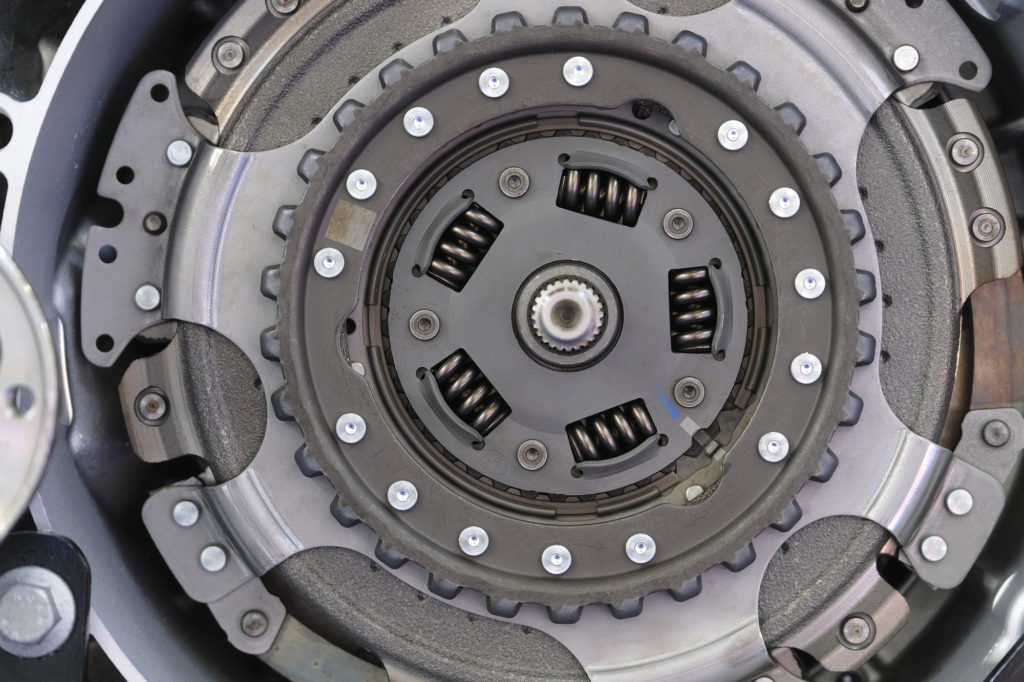
How Long Can You Drive With a Bad Throwout Bearing?
This is a bit of a tricky question due to the reality of what the throw-out bearing does inside the transmission. How long or how far you would be able to drive with a bad throw-out bearing is as much about the damage that has already been caused as it is about how strong you are.
The worse the bearing’s condition becomes, the more difficult it will be to press down on the clutch as well as shift gears. Though technically, the mechanism to shift gears will still be functional, whether you can engage it or not will be the question.
With that said, the longer you wait to fix the problem, the more damage you are causing to the clutch and transmission system, and the more expensive the replacement cost will be. Not to mention, eventually, you will reach the point of total clutch failure and you simply won’t be able to move at all.
How to Fix Throw Out Bearing Noise
How to fix throwout-bearing noise is greatly dependent upon the numerous factors explained above. If engaging the clutch pedal results in a grinding or rattling noise, then that alone is enough issue to be concerned about. But the noise is not the problem, it is a symptom of the problem, and the exact problem requires a diagnostic investigation.
It’s important to understand that it is not about attempting to fix throwout-bearing noise, but the reason why the noise is being made in the first place.
Throw Out Bearing Replacement Cost
For this repair, the cost can vary significantly based upon not only the make and model of the car but the actual scope of the repair and replacement you are willing to or need to invest in.
As previously noted, the throw-out bearing is a basic component in the transmission, and once a mechanic is inside the transmission, it is a very straightforward and easy part to replace.
With that said, even if you don’t need the clutch replaced at the moment, it is recommended and typically a sound investment to replace the clutch as well.
Either way, the cost of labor will account for a significant element of the service charge for this repair. This is a repair that typically takes a mechanic between 4 and 6 hours to complete.
Due to the fact that the throw-out bearing is located inside the transmission system, this is not a Do It Yourself project for most people.
The throw-out bearing replacement part is the cheapest element of this repair and will average between $10 and $30.
A new clutch (if you decide to replace it) will average between $300 and $800.
A new flywheel (if needed) will average between $50 and $200.
The total cost of labor will typically run between $350 and $500.
On average, the total bearing replacement cost of this repair can generally be expected to run between $360 to $1530.

